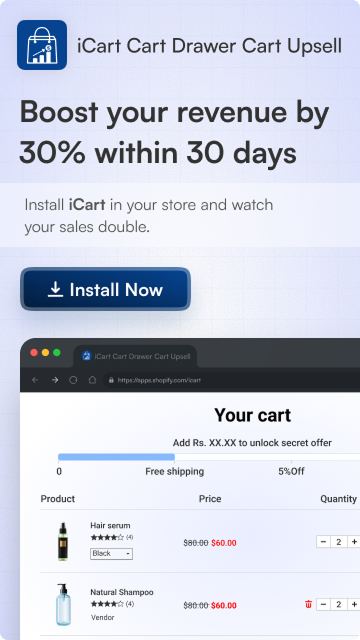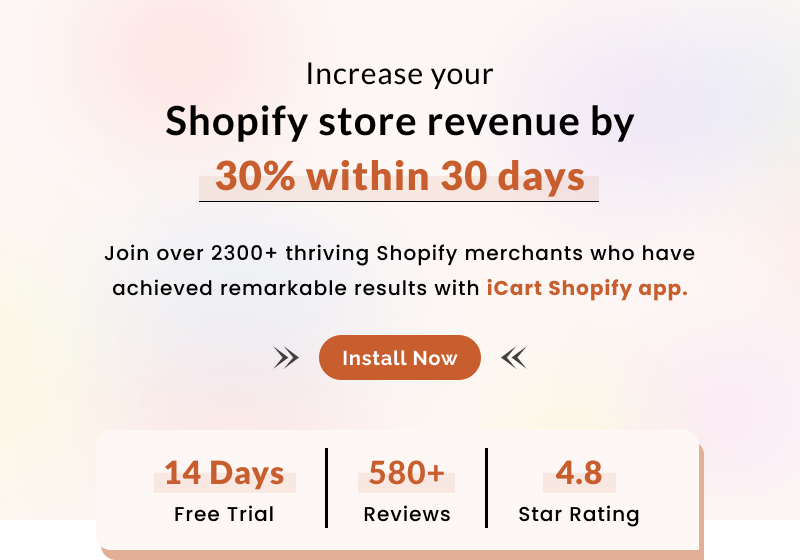To develop a strategy to increase profits. Retail analytics can help you figure out which products make money and which ones don’t. This helps you decide how much of each product to have in stock and when they sell best.
McKinsey & Company’s research found that successful apparel retailers boosted their profits by 2-10% through the use of analytics. It’s important to analyze retail sales because your business’s profit depends on how well you respond to changes in what customers like.
Why Analyze Sales in Retail?
Analyzing sales volume provides insights for tactical actions. Additionally, it offers valuable insights for strategic activities. Leveraging Revenue Intelligence helps identify profitable product positions, which is crucial for evaluating the marketing team’s utilization of the marketing budget. Meanwhile, identifying weak product positions aids in assessing the performance of the sales team.
Analysis of trading activities solves several tasks:
Sales market analysis helps to identify the most critical market segments. Based on the obtained data, you can adjust the ways of sales or outline new, more promising ones. Profit analysis makes it possible to determine the factors affecting the volume and structure of income received by the company.
What is Included in Analyzing Sales
Sales analysis in retail includes such indicators as:
Retail analysis is essential for managing ongoing changes, pinpointing promising product positions, and accurately segmenting the market. In some cases, businesses choose to automate retail analysis tasks due to the sheer volume of data involved.
Types of Retail Analytics
Distinguish the following types of retail analytics:
Analyzing sales in retail through factor analysis helps you pinpoint issues in sales trends and understand their underlying causes. The following formulas help to conduct it:
To evaluate the profit of different chain stores, analyzing their size and sales volume is a valuable method for assessing the efficiency of fixed and current assets.
In addition, retail research will also be in use. In this case, the activity of a particular retail store is considered, including the work of employees. The volume of sales, sold items, and the average check are studied. The results help create a suitable assortment and build a motivation system for the staff.
Methods of Retail Analytics
Online retail makes analytics processes easier. Now, let’s discuss several methods in the arsenal of retail analytics.
ABC
The method is based on the Pareto principle. According to it, 20% of the product assortment gives 80% of the profit, and the remaining items bring only 20%. As a result, the following product categories are as shown below:
Each category brings 80, 15, and 5% of profit. ABC analysis of retail implies the possibility of excluding C-category goods to optimize sales.
KPI
KPIs evaluate a specific employee, the entire staff, and the retail store’s work. The efficiency of work is influenced by:
SWOT
Assess the internal organization of the company:
It will allow you to look at the retail store from several angles and deal with the challenges that arise.
XYZ
Analysis of sales of goods by XYZ is needed to assess the demand for the product range:
Most retail assortment is represented by goods to which buyers’ interest does not weaken. They include the first group with a low coefficient of variation.
How Do You Do a Retail Analysis Correctly?
For a retail analysis to yield results, it is necessary to:
Conclusion
When analyzing retail performance, the main mistake will be to apply only one method. In addition, it is required to choose a suitable period, for example, the season, to make the indicators more visible. Analyzing sales figures in detail and only occasionally can lead to losses. If you want to increase your sales figures or revenue then try using apps like iCart in your store.
As you can see, retail analytics is a complex process. Only regular assessment will help to achieve efficiency.










About the author
Vanessa Friedman
Vanessa Friedman is a content marketing professional who helps companies attract visitors, convert leads, and close customers. Previously, Vanessa worked as a marketing manager for a tech software startup company. In case of any inquiry or suggestion kindly feel free to write her at [email protected].